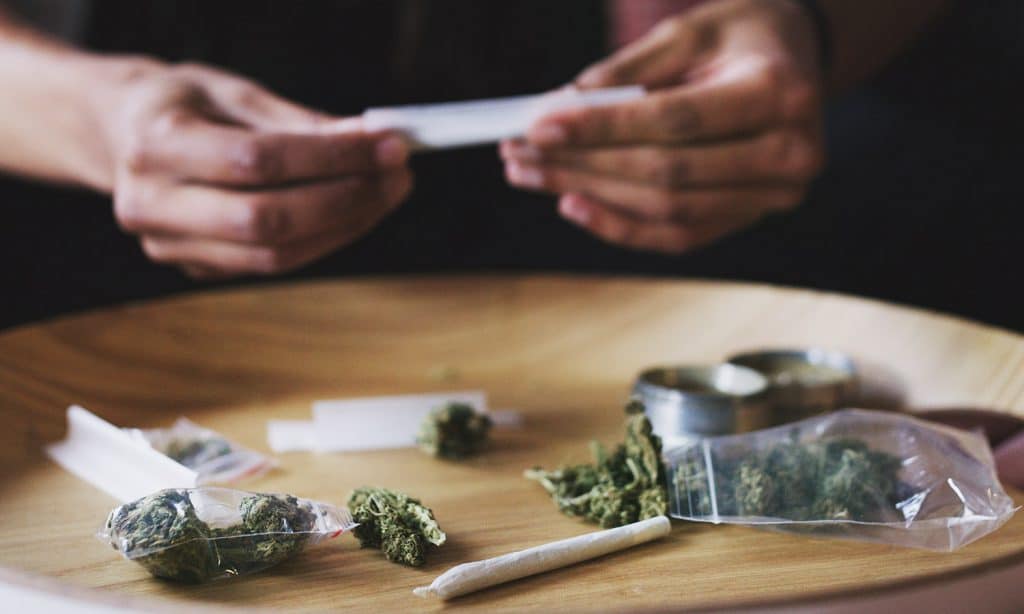Scientists determined inhaled marijuana reduced the severity of self-reported pain 47.3% for headaches and 49.6% for migraines.
Next time you feel the effects of a headache or migraine coming on, you might skip the Tylenol and smoke some cannabis. That’s because inhaling marijuana nearly cuts headache and migraine pain in half, according to a recent study.
Published in The Journal of Pain, this research represents the first study to utilize big data in analyzing the role cannabis plays in managing pain from headaches and migraines. Using archival data from the Strainprint—an app in which patients track their symptoms before and after using medical marijuana—scientists determined inhaled marijuana reduced the severity of self-reported pain 47.3% for headaches and 49.6% for migraines.
“We were motivated to do this study because a substantial number of people say they use cannabis for headache and migraine, but surprisingly few studies had addressed the topic,” said study lead author Carrie Cuttler, an assistant professor of psychology at Washington State University.
RELATED: What You Need To Know About The Healing Benefits Of Marijuana’s CBG
Instead of documenting the before and after data points in real time, previous research asked patients to recall how marijuana affected the severity of past headaches. A clinical trial, as Science Daily first reported, found that cannabis could be more effective at reducing headache pain than ibuprofen, though the researchers used nabilone, a synthetic cannabinoid drug, in the trial.

However, in the Washington State study, 1,300 patients who used the app more than 12,200 times submitted information about their headache before and after marijuana use, while 653 patients used the app over 7,400 times to track their changes in migraine pain.
More conventional treatments can cause an “overuse headache,” which can cause patients’ headaches to worsen over time. But researchers found no such result in patients using cannabis. They did, however, find patients consuming more marijuana over time, indicating they may be developing a tolerance to the plant. In addition, the study reported a difference in headache reduction between genders, with significantly more sessions involving men (90%) than women (89.1%).
RELATED: Consuming Medical Marijuana Is Proven To Help Migraine Sufferers
Patients received no additional benefits when using cannabis strains with higher or lower THC and CBD concentrations. As the plant contains more than 100 cannabinoids outside THC and CBD, researchers believe this indicates other cannabis elements like terpenes could be playing a factor. The study did report that concentrates, like oil, elicited stronger decreases in headache severity than marijuana flower.
“I suspect there are some slight overestimates of effectiveness,” Cuttler said. “My hope is that this research will motivate researchers to take on the difficult work of conducting placebo-controlled trials. In the meantime, this at least gives medical cannabis patients and their doctors a little more information about what they might expect from using cannabis to manage these conditions.”


